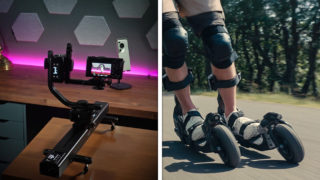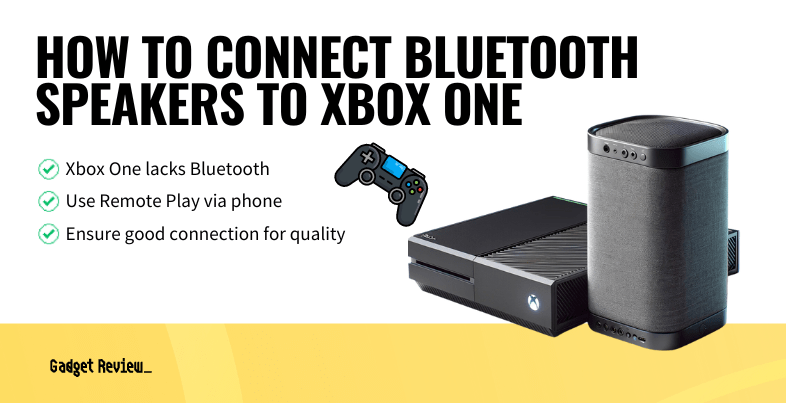As technology rapidly advances, it’s easy to feel the pressure to stay updated with the latest gadgets flooding the market. However, this article takes a closer look at the undeniable charm and impressive functionality of retro-tech from the vibrant 80s and 90s. Focusing on four key areas that defined the era—music, photography, gaming, and watches—we explore whether these vintage devices, with their unique features and nostalgic allure, might actually offer something more valuable than today’s tech, which often prioritizes convenience over authenticity.
Retro Music Technology
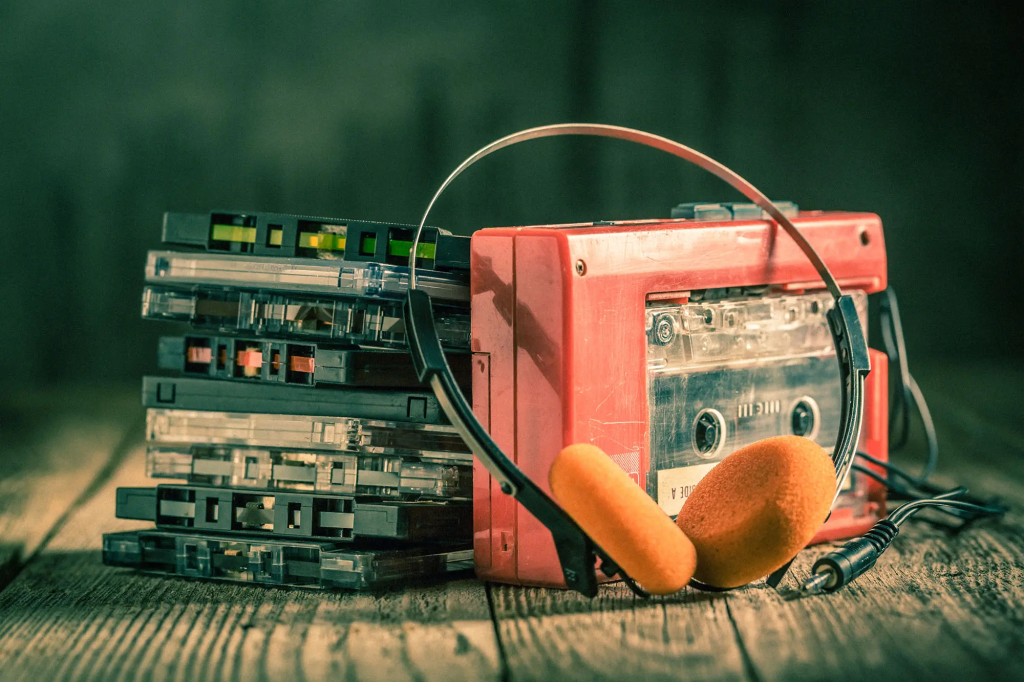
The first category we explore is music technology. With the rise of streaming services like Spotify, music consumption has become incredibly convenient. However, this convenience often comes at the cost of a deeper connection to the music itself. In the past, devices like the Sony Walkman forced listeners to engage with entire albums, creating a more immersive experience. The act of choosing a cassette, inserting it, and listening to it in its entirety was a ritual that many of us cherished.
The Walkman, particularly the late 80s and early 90s models, was not just a music player; it was a statement. Carrying it around required effort, and the clunky design made it a tangible part of your daily life. Unlike today’s smartphones, which multitask and distract, the Walkman demanded your attention. You weren’t just listening to music; you were experiencing it. The sound quality, while not as crisp as modern streaming, had a warmth and character that many argue is missing from today’s digital formats.
Retro Photography

Next, we turn our attention to photography. In an age dominated by high-resolution smartphone cameras, it’s easy to overlook the beauty of film photography. Enter the Olympus OM2, a 35mm film camera from the 1970s. Using this camera is an event in itself. Unlike the instant gratification of digital photography, film requires patience and intention. You can’t just snap a hundred photos; you have to think about each shot, considering factors like aperture and shutter speed.
The experience of developing film adds another layer of excitement. Waiting to see how your photos turned out can be a delightful surprise, reminiscent of a time when photography was about capturing moments rather than just documenting them. The tactile nature of film, combined with the unique qualities of each shot, makes it a rewarding endeavor that many modern photographers are rediscovering.
Retro Gaming Handhelds
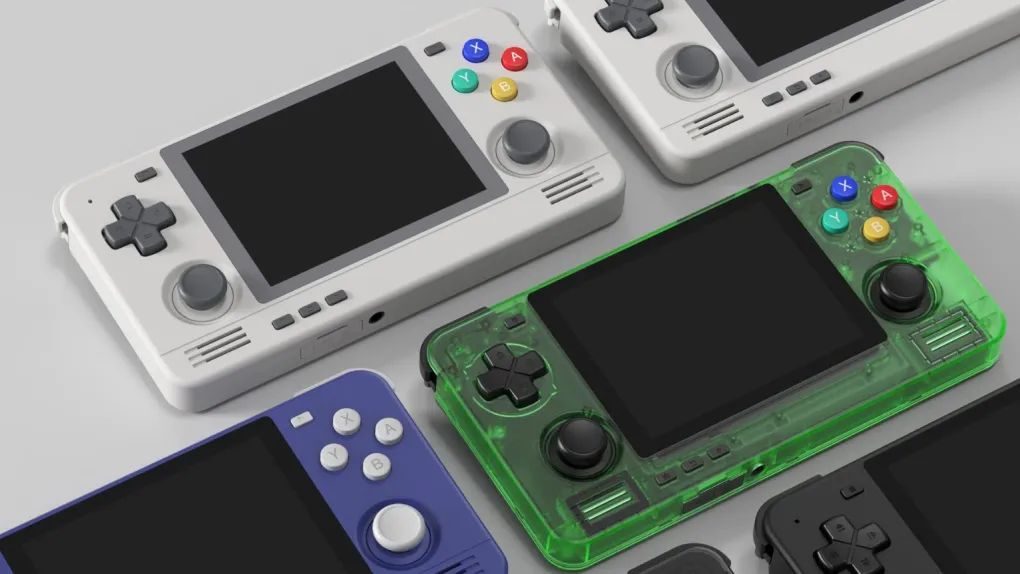
Moving on to handheld gaming, nostalgia plays a significant role. The Game Boy, for instance, was a revolutionary device that provided hours of entertainment. While modern gaming consoles offer advanced graphics and features, they often lack the simplicity and charm of retro devices. The original Game Boy, with its pixelated graphics and classic titles like Tetris and Super Mario, created a sense of joy that many still cherish today.
However, one downside of retro handhelds is the lack of save features. If you’re commuting and can’t finish a game, you might lose your progress. This is where modern emulators come into play, allowing you to enjoy retro games with the convenience of saving your progress. While the nostalgia of the original devices is undeniable, the advancements in modern gaming technology provide a more user-friendly experience.
Retro Watches
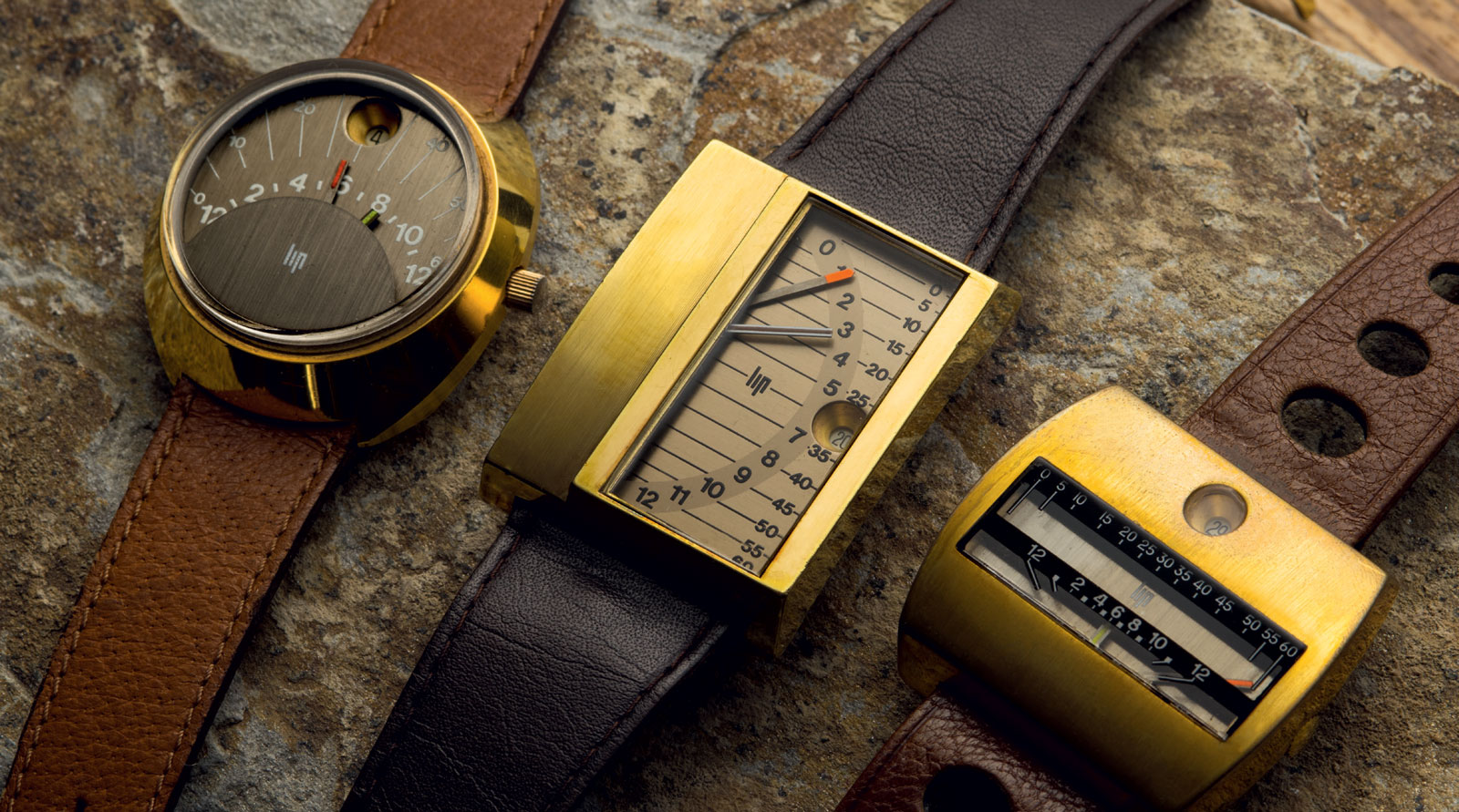
Finally, we explore the world of watches. The debate between digital and analog watches continues, but there’s something timeless about classic timepieces. While digital watches like Casio offer unparalleled accuracy, vintage watches from the 80s and 90s, such as Rolex or Omega, carry a sense of history and craftsmanship that modern devices often lack. Wearing a classic watch is not just about telling time; it’s about making a statement and appreciating the artistry behind it.
Investing in a vintage watch can be a wise decision, as these pieces often appreciate in value over time. Unlike digital watches that may become obsolete, a well-maintained vintage watch can last a lifetime and even be passed down through generations. The care and attention required to maintain these timepieces add to their charm, making them more than just functional accessories.




